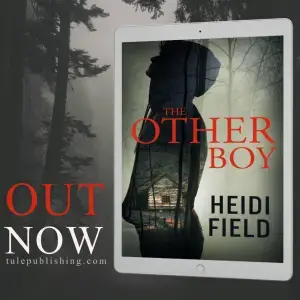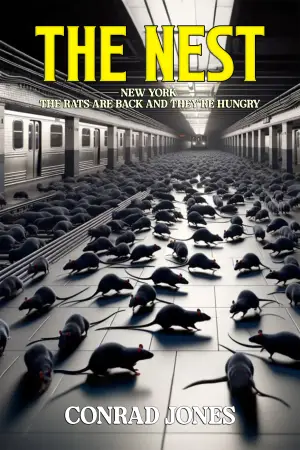Review of The More You Give by Amber Smith
As I settled into a cozy nook with The More You Give, Amber Smith’s enchanting picture book felt like a warm embrace, just the kind of read that reminds us of life’s beautiful simplicity and abundance. The premise intrigued me: a generational tale about love, growth, and the rich tapestry of familial bonds. However, my initial read left me with more than just a sweet feeling—it sparked a conversation with myself about the nature of giving and self-care that I didn’t expect.
At its core, The More You Give explores the profound connections between generations, focusing on the loving relationship between a grandmother and her grandson. From the outset, Smith beautifully captures the essence of their bond through thoughtful gifts—time spent together and lessons on nature that instill patience and appreciation. As I turned the pages, I was captivated by the layers of their relationship, noticing how the grandson not only learns from his grandmother but also has gifts to offer her, creating a wonderful interplay of love and generosity.
One element that stood out was the writing style—a gentle, lyrical cadence that made me feel as though I was part of the story. The pacing flows seamlessly; it invites readers into the quiet moments shared between family members, allowing us to pause and reflect along with them. Smith seamlessly weaves themes of love and interconnectedness as the grandson grows, eventually passing these lessons on to his daughter, creating a delightful lineage of care that vibrantly illustrates how love multiplies through time.
A standout moment that lodged itself in my heart was when the text reads, "The boy always had more love to give, and he got love in return." This resonance reminded me of sentiments from the 1960s and the spirit of the Woodstock era, echoing the philosophy that true love encompasses self-acceptance and care. The book consistently emphasizes that it’s essential to love oneself in order to love others fully, which is such an important message, especially for younger readers.
I also can’t help but gush about the digital illustrations that accompany Smith’s heartfelt narrative. The lush greens and vivid textures leap off the pages, inviting readers into a world that feels alive and nurturing. The flower crowns worn by the characters evoke whimsy, adding an extra layer of warmth to the familial bonds showcased. It’s these illustrations that bring Smith’s beautiful prose to life, hitting the right emotional notes and making each page visually impactful.
For educators, pairing this book with The Giving Tree could foster rich dialogue on the complexities of love and sacrifice. Exploring the line “in the end, the love you take is equal to the love you make,” attributed to Paul McCartney, could lead to fascinating discussions about the nature of giving and selflessness versus self-care.
In conclusion, The More You Give would resonate deeply with families and educators looking for heartwarming stories that celebrate generosity and connection. It’s a reminder that love is not just about giving but also about nurturing oneself and those bonds. Personally, this reading experience left me a little more introspective and appreciative of the nuances in my relationships. This book is a treasure that I believe will leave an imprint on both young hearts and those who read alongside them.






